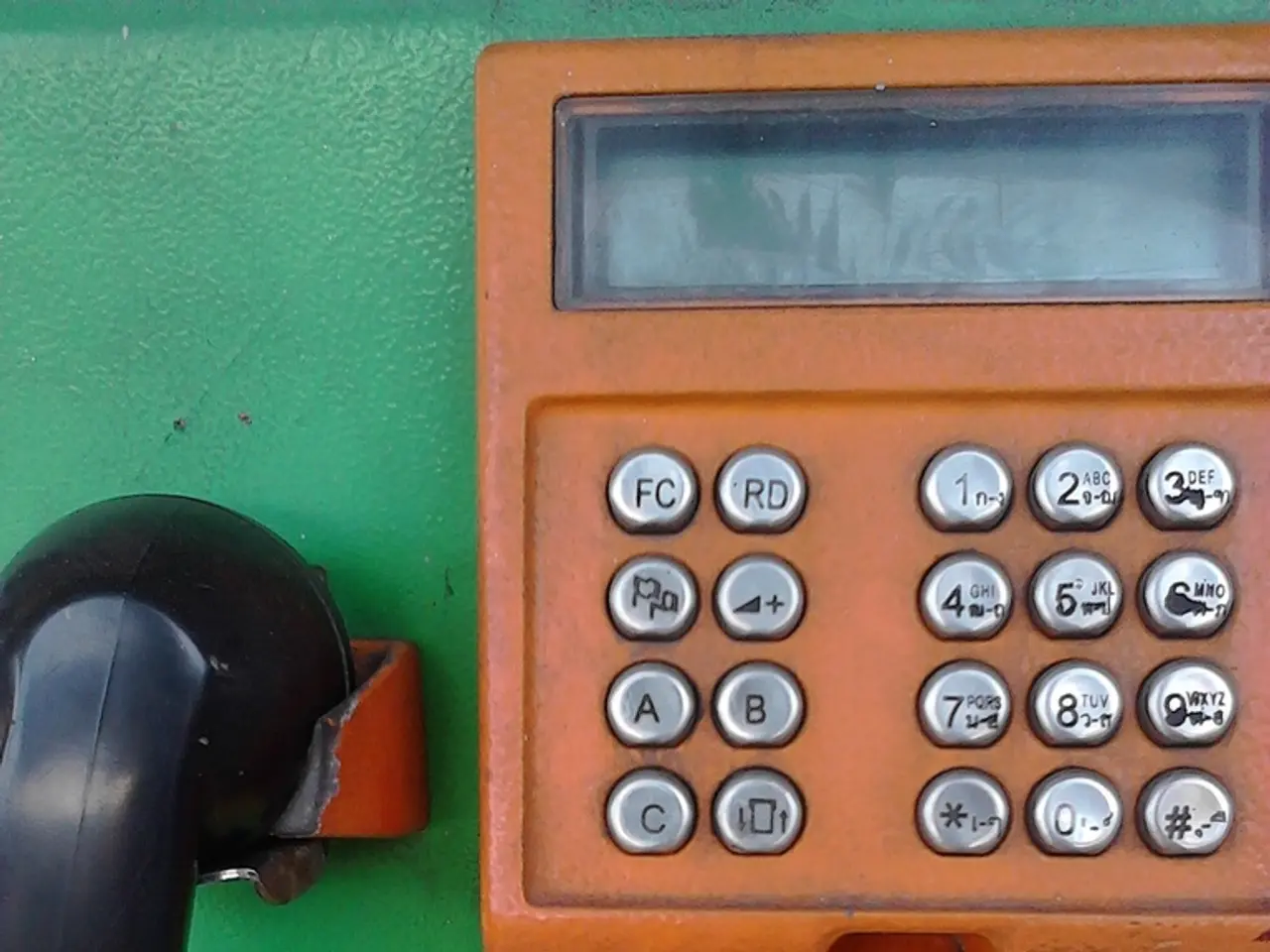Global Continuation of Teletext Services: A Persistent Phenomenon
Teletext Remains a Vital Part of Television Broadcasting
Teletext, a groundbreaking method for transmitting text information over analog television signals, was first introduced in the early 1970s. This innovative system, which used the invisible part of the TV signal between frames known as the vertical blanking interval (VBI), revolutionized the way viewers accessed news, sports, weather, and entertainment.
The British Broadcasting Corporation (BBC) launched the first teletext system, Ceefax, in 1974. Over the years, this system evolved through several levels, with the 1976 Level 1 supporting Latin characters and block graphics with a limited 40x24 color palette. Level 1.5, also known as World System Teletext (WST), expanded character support to other languages and became the basis for many systems worldwide.
Parallel developments took place as Philips created a teletext method in 1971 to support closed captions. This led to various countries adopting their own standards. France, for instance, developed its own system called Antiope, which had more capabilities. The US and Canada also developed their systems but eventually converged on AT&T's PLP system, renamed as North American Presentation Layer Syntax (NAPLPS), a hybrid system incorporating features from the French and Canadian standards.
The rise of the internet in the late 1980s and 1990s significantly diminished the popularity of teletext services. However, despite this decline, teletext systems remain active in at least 15 countries worldwide as of 2024, primarily in Europe, parts of Asia, and some Middle Eastern countries. Many broadcasters still use teletext to provide subtitles, news, and other information on both legacy analog and some digital TV platforms.
In terms of data transmission, Teletext data lives in the VBI and is transmitted using a method known as NRZ line coding. A black signal represents a zero, while a 66% white signal represents a one. It's important to note that other systems have slight variations, but the overall bit rate is around 5 to 6 Mbit/s.
Character speeds are slightly slower due to error correction and other overhead in Teletext systems. Teletext data can theoretically run Doom, although it may not be considered a success in the traditional sense.
Despite the dwindling number of Teletext systems, closed captions still exist in digital television, but it is not the same as Teletext. EIA-608, a U.S. closed captioning standard from 1980, is distinct from teletext concepts, providing decoder compatibility on TVs, supporting limited metadata, and basic on-screen text.
In conclusion, teletext began as a revolutionary form of digital text delivery over analog TV signals with a variety of regional standards—most notably the UK’s World System Teletext, France’s Antiope, and North America’s NAPLPS. Though largely supplanted by the internet, teletext continues to serve niche roles in closed captioning and information services in many countries today.
Data and cloud computing have not been directly involved in the evolution of teletext systems. However, the transmission of Teletext data in the vertical blanking interval (VBI) of analog television signals can be seen as a primitive form of data transmission, with some similarities to modern cloud-based data storage and transmission.
In the context of modern television broadcasting, teletext technology continues to play a role in providing subtitles, news, and other information, showcasing its enduring impact as an early precursor to contemporary digital data-centric technologies.




